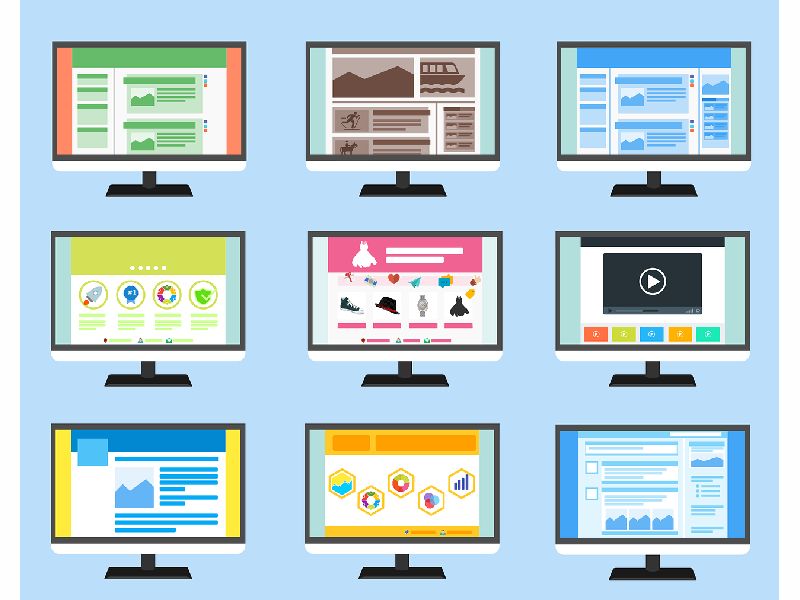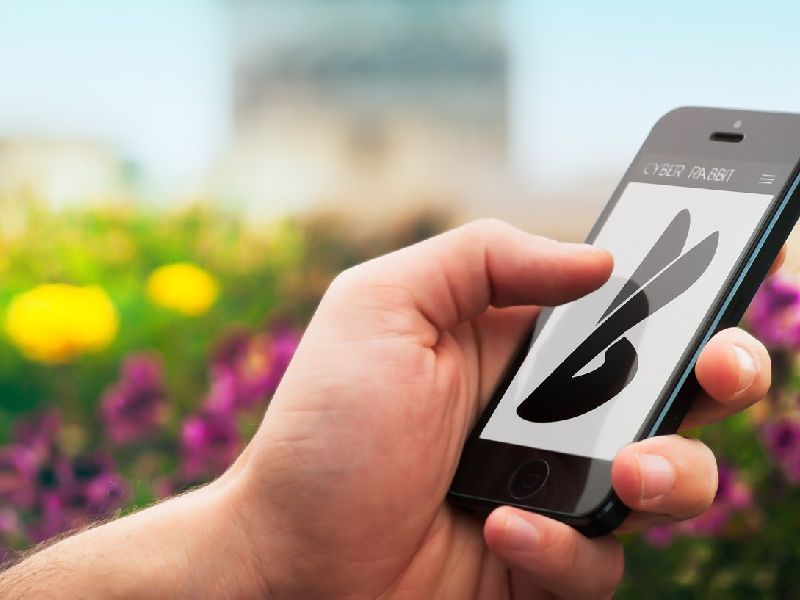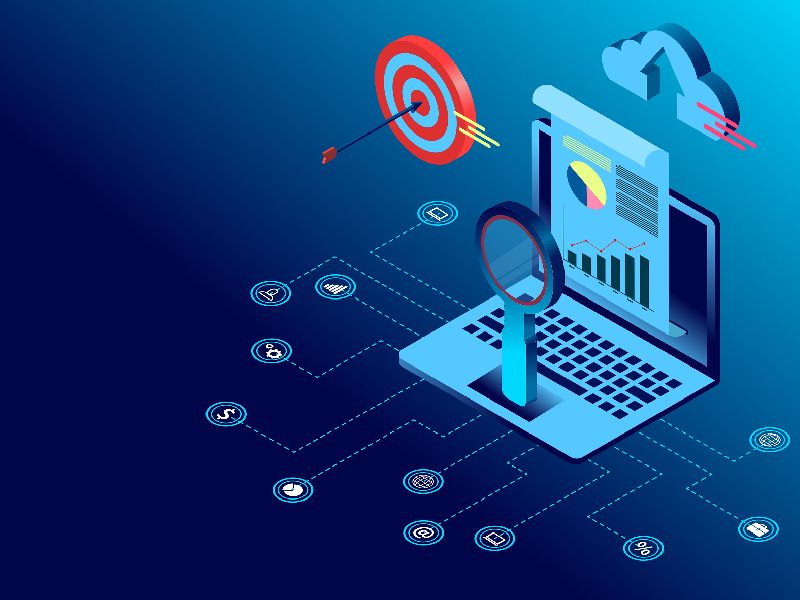Introduction
In the vast landscape of app development, there exists a crucial yet often overlooked aspect: accessibility. It’s not just about crafting visually appealing interfaces or implementing cutting-edge features; it’s about ensuring that every individual, regardless of ability or disability, can fully engage with and benefit from the app experience.
For Deanna Creably, a UX/UI design expert with a passion for inclusivity and cultural awareness, accessibility isn’t just a checkbox—it’s a fundamental principle that shapes her approach to app design. Drawing from her rich multicultural background and international experiences, Deanna brings a unique perspective to the table—one that emphasizes empathy, understanding, and a deep appreciation for diversity.
In this article, we’ll embark on a journey into the realm of accessible design, exploring its importance, practical guidelines, and real-life success stories. Through Deanna’s lens, we’ll delve into the transformative power of inclusive design and its profound impact on users’ lives. So, join us as we unravel the art and science of designing apps that everyone can use, leaving no one behind in the digital age.
Real-Life Story: The Impact of Accessible Design
Let’s delve into a real-life story that vividly illustrates the profound impact of accessible design on individuals’ lives. Meet Sarah, a vibrant and ambitious young woman who has been visually impaired since birth. Despite facing numerous challenges in navigating the digital world, Sarah’s life took a transformative turn when she discovered an app designed with accessibility at its core.
For years, Sarah struggled to access information and services online, often encountering barriers and frustrations due to poorly designed interfaces and inaccessible features. However, everything changed when she stumbled upon a popular navigation app that boasted robust accessibility features tailored to users with visual impairments.
With the app’s intuitive interface and innovative functionalities, Sarah gained newfound independence and confidence in navigating her surroundings. From finding nearby restaurants and shops to planning her daily commute, the app empowered Sarah to live life on her own terms, breaking down barriers and unlocking new opportunities along the way.
Through Sarah’s story, we witness firsthand the transformative power of accessible design in enriching users’ lives and fostering inclusivity. Her experience serves as a poignant reminder of the immense potential that lies in designing apps with accessibility in mind—transforming obstacles into opportunities and empowering individuals to thrive in an increasingly digital world.
Understanding Accessibility Guidelines
To create truly accessible apps, it’s essential to understand and adhere to established accessibility guidelines. These guidelines provide developers with a framework for ensuring that their apps are usable by people with disabilities. One such prominent set of guidelines is the Web Content Accessibility Guidelines (WCAG), developed by the World Wide Web Consortium (W3C).
WCAG outlines a series of principles, guidelines, and success criteria that address various aspects of accessibility, including perceivability, operability, understandability, and robustness. By following these guidelines, developers can ensure that their apps are accessible to users with diverse needs and abilities.
Additionally, it’s crucial to consider the specific challenges faced by users with disabilities when interacting with digital apps. For example, users with visual impairments may rely on screen readers to access content, while users with motor disabilities may require alternative methods of input, such as keyboard navigation.
By understanding the needs and challenges of users with disabilities and adhering to established accessibility guidelines, developers can create apps that are truly inclusive and accessible to all users, regardless of their abilities. This commitment to accessibility not only enhances the user experience but also reflects a broader commitment to diversity, equity, and inclusion in the digital space.
Practical Guidelines for Accessible Design
Incorporating accessibility into app design requires a thoughtful and systematic approach that considers the diverse needs of users with disabilities. Here are some practical guidelines for designing accessible apps:
Alternative Text: Provide descriptive alternative text for all non-text content, such as images and icons, to ensure that users with visual impairments can understand and interact with the content through screen readers.
Keyboard Accessibility: Ensure that all interactive elements within the app can be accessed and operated using keyboard navigation alone. This includes providing visible focus indicators and logical tab orders for keyboard users.
Color and Contrast: Use color combinations and contrast ratios that meet accessibility standards to ensure that content remains legible and perceivable for users with low vision or color blindness. Avoid relying solely on color to convey information.
Screen Reader Compatibility: Design app interfaces in a way that is compatible with screen reader technology, ensuring that users with visual impairments can access and navigate content effectively. This may involve properly labeling elements, grouping related content, and providing meaningful landmarks and headings.
Clear and Intuitive Navigation: Design intuitive navigation structures that allow users to easily navigate through the app and access desired content. Use clear and descriptive labels for navigation elements and avoid overly complex or convoluted menu structures.
Testing for Accessibility: Conduct thorough accessibility testing throughout the development process to identify and address potential barriers to access. Utilize accessibility evaluation tools and engage users with disabilities in usability testing to gather feedback and insights.
By implementing these practical guidelines and integrating accessibility considerations into every stage of the design process, developers can create apps that are inclusive, user-friendly, and accessible to all users, regardless of their abilities. This commitment to accessibility not only enhances the usability and effectiveness of the app but also reflects a broader commitment to diversity and inclusion in the digital space.
Success Stories of Inclusive Apps
To truly understand the impact of accessible design, let’s explore some success stories of apps that have excelled in inclusivity.
One such example is Be My Eyes, a mobile app that connects visually impaired users with sighted volunteers through live video calls. With Be My Eyes, visually impaired individuals can receive assistance with a wide range of tasks, from reading labels and identifying objects to navigating unfamiliar environments. The app’s simple yet powerful design enables seamless communication between users and volunteers, fostering a supportive community dedicated to helping others.
Another inspiring example is Microsoft’s Seeing AI, an app that harnesses the power of artificial intelligence to provide real-time assistance to users with visual impairments. Through features such as text recognition, object recognition, and scene description, Seeing AI empowers users to navigate the world more independently, enabling them to read documents, recognize faces, and identify objects with ease.
Additionally, Airbnb has made significant strides in accessibility by introducing features such as accessible search filters and detailed accessibility information for listings. These features enable travelers with disabilities to find accommodations that meet their specific accessibility needs, ensuring a seamless and enjoyable travel experience.
These success stories demonstrate the transformative impact of accessible design in enhancing the lives of users with disabilities. By prioritizing inclusivity and incorporating accessibility features into their apps, developers can create meaningful experiences that empower individuals to overcome barriers and participate fully in the digital world.
Overcoming Challenges and Addressing Misconceptions
While designing accessible apps can be incredibly rewarding, it also comes with its fair share of challenges and misconceptions that developers must address.
One common challenge is the misconception that designing for accessibility is overly complex or time-consuming. In reality, many accessibility features can be integrated seamlessly into the design process with minimal additional effort. By incorporating accessibility considerations early on and adopting best practices, developers can streamline the development process and ensure that accessibility is woven into the fabric of the app.
Another challenge is the misconception that accessibility is only relevant to a small subset of users with disabilities. In truth, accessibility benefits everyone, regardless of their abilities. For example, captions benefit not only users with hearing impairments but also those in noisy environments or non-native speakers. By reframing accessibility as a universal design principle rather than an afterthought, developers can create apps that are more usable and inclusive for all users.
Furthermore, developers may encounter technical challenges in implementing certain accessibility features, especially when working with complex interfaces or cutting-edge technologies. However, with the right tools, resources, and support, these challenges can be overcome, paving the way for more accessible and inclusive app experiences.
By acknowledging and addressing these challenges and misconceptions, developers can foster a culture of accessibility and inclusion within the app development community. Through education, collaboration, and a commitment to continuous improvement, we can collectively work towards a more accessible and inclusive digital future for all.
The Future of Accessible Design
As technology continues to evolve at a rapid pace, the future of accessible design holds promise for even greater advancements in inclusivity and usability.
Emerging technologies such as artificial intelligence (AI), machine learning, and natural language processing offer exciting opportunities to enhance accessibility in new and innovative ways. For example, AI-powered tools can automate the process of generating alternative text for images, making it easier for developers to create accessible content without manual intervention.
Additionally, the proliferation of wearable devices, augmented reality (AR), and virtual reality (VR) presents new possibilities for improving accessibility and enhancing the user experience. These technologies have the potential to create immersive and interactive experiences that cater to the diverse needs of users with disabilities, from enhanced navigation aids to personalized assistive tools.
Moreover, as awareness of accessibility issues grows and regulatory requirements become more stringent, there is a greater emphasis on incorporating accessibility into the design process from the outset. Developers are increasingly recognizing the business value of accessibility, as inclusive design not only expands the potential user base but also fosters brand loyalty and positive user experiences.
Looking ahead, the future of accessible design lies in continued collaboration, innovation, and advocacy. By working together to push the boundaries of what’s possible and advocating for the rights of users with disabilities, we can create a more accessible and inclusive digital world for generations to come.
Conclusion
In conclusion, designing for accessibility is not just a moral imperative—it’s a strategic necessity in today’s digital landscape. By prioritizing inclusivity and incorporating accessibility features into app design, developers can create experiences that empower individuals with disabilities to fully participate in the digital world.
Through real-life stories, practical guidelines, and success stories of inclusive apps, we’ve seen the transformative impact of accessible design on users’ lives. From enabling independence and autonomy to fostering a sense of belonging and community, accessible apps have the power to break down barriers and unlock new opportunities for users with disabilities.
As we look to the future, the path to accessible design is clear: it requires commitment, collaboration, and a relentless pursuit of innovation. By embracing accessibility as a core design principle and advocating for the rights of users with disabilities, we can create a more inclusive digital future where everyone can thrive.
So let’s continue to push the boundaries of what’s possible, challenge misconceptions, and champion accessibility in all aspects of app development. Together, we can build a more accessible and inclusive digital world that benefits us all.











